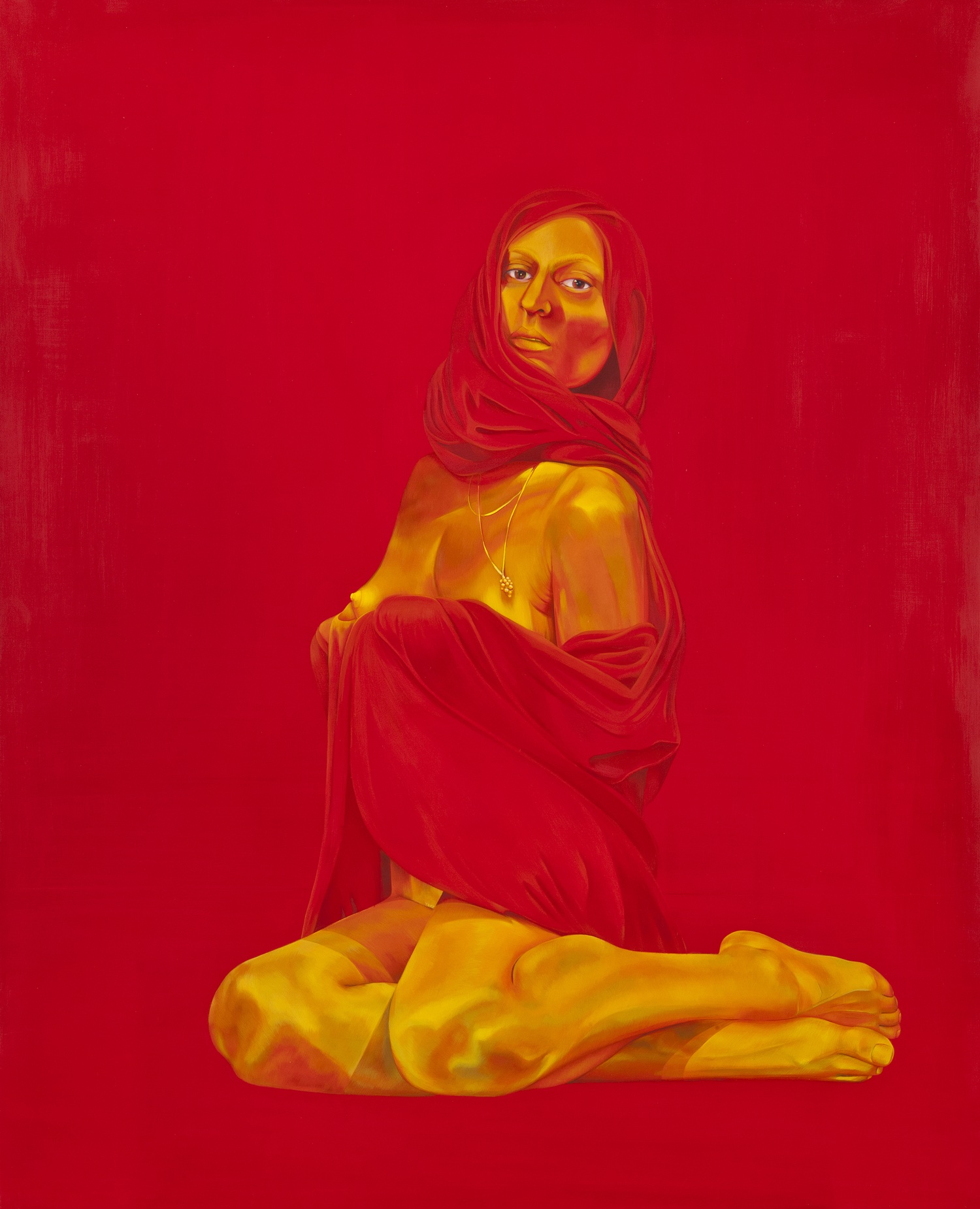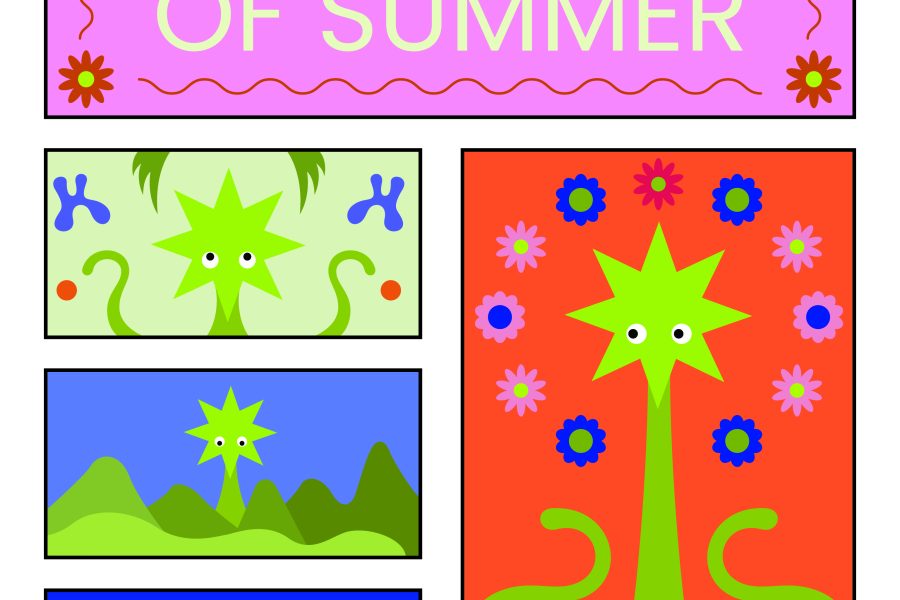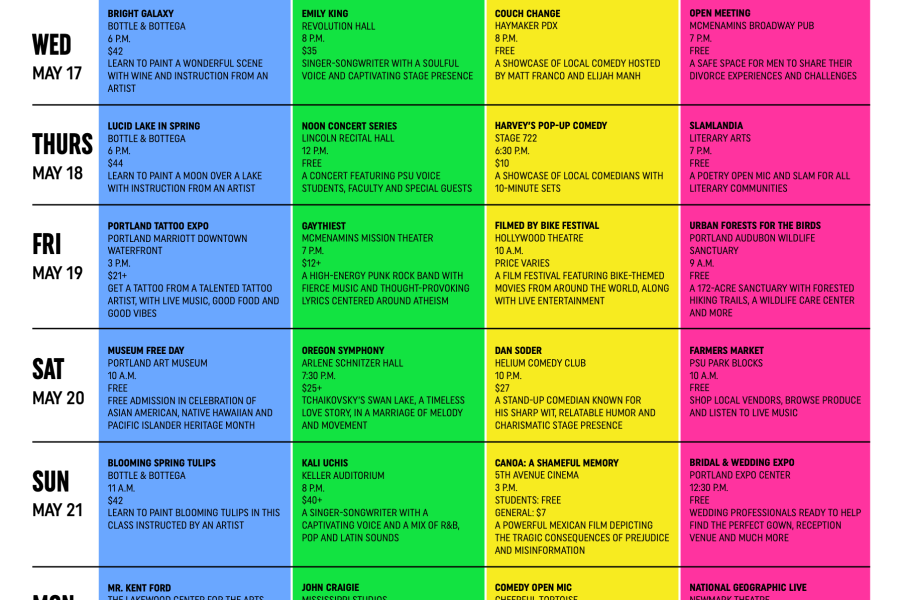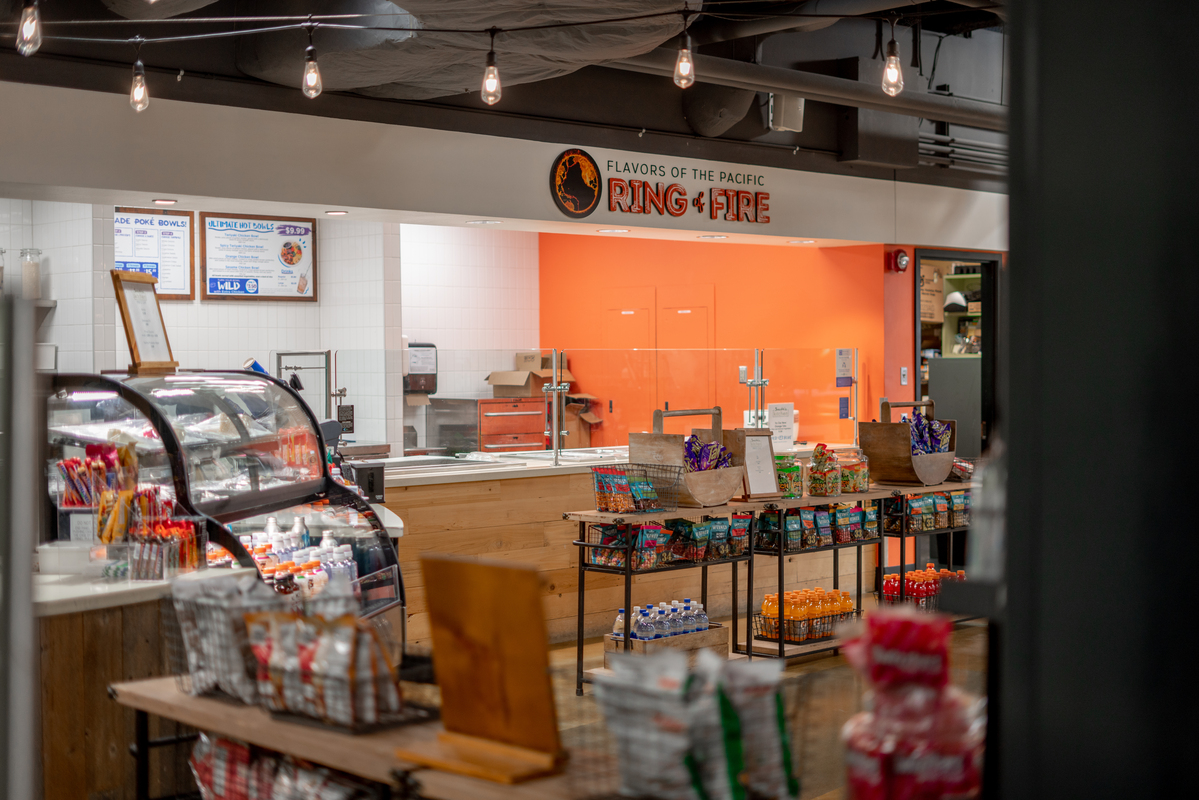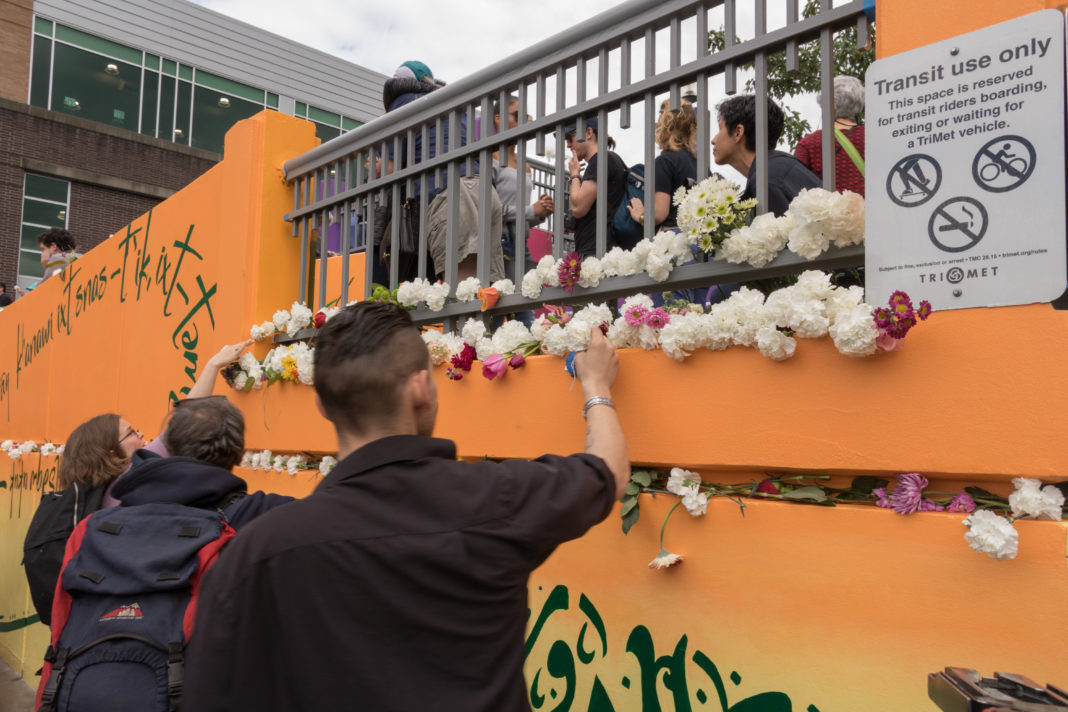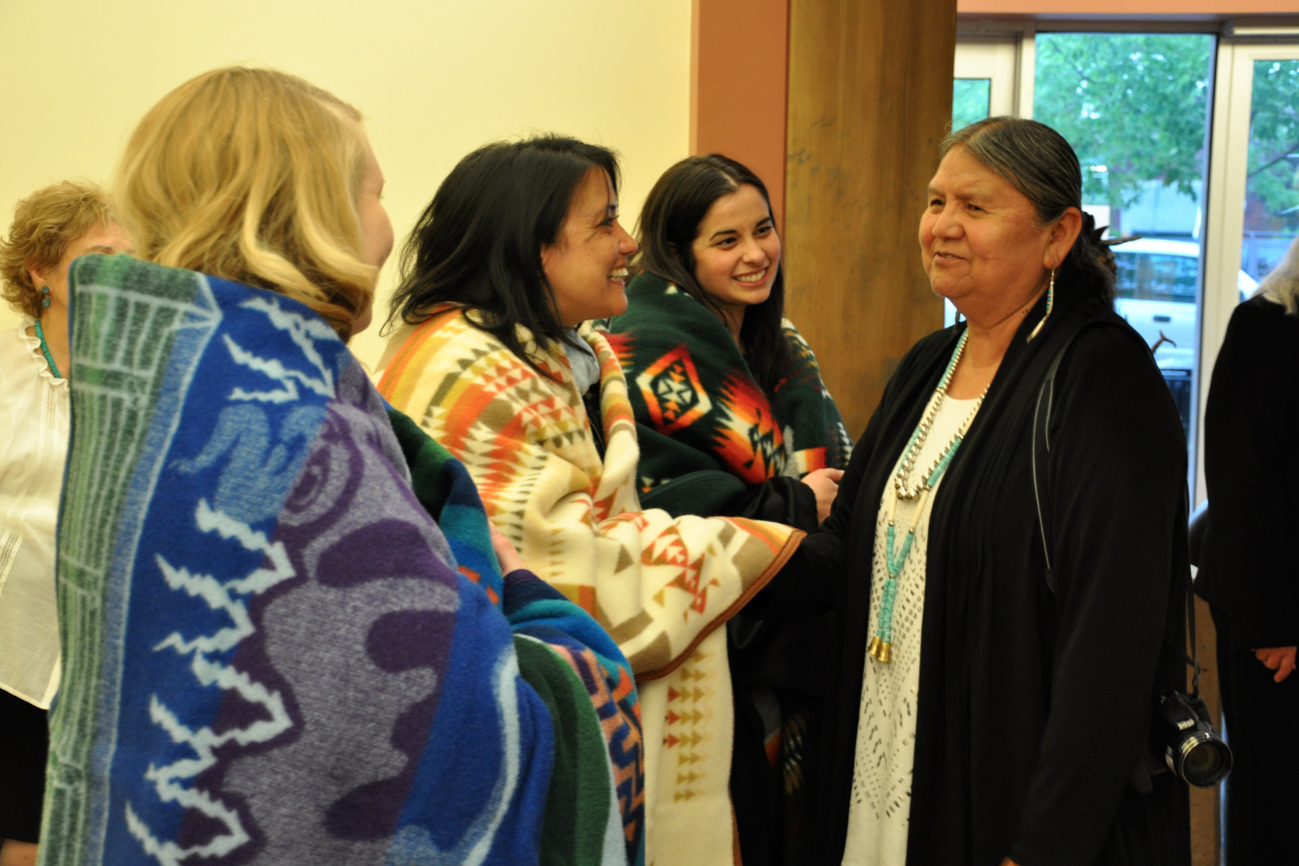Provoked by the police brutality and murder of Mahsa Amini for “improper hijab” in Sept. 2022, the people of Iran have erupted in protest of Iran’s oppressive regime. Despite the risk of imprisonment and death, this solidarity against the Iranian government has grown into the worldwide movement “Woman, Life, Freedom,” which aims to dismantle the gendered oppression and human rights violations being committed by the state of Iran.
On May 21, Portland Art Museum will be hosting a free event which aims to educate and involve the Portland community in a conversation about “Woman, Life, Freedom.” The title of this event is “Baraye Azadi,” which means “For Freedom,” and is in reference to the movement’s anthem, by Iranian artist Shervin Hajipour. This conversation will bring together Iranian-American artists and educators, Taravat Talepasand (Portland State faculty in the School of Art and Design) and Tannaz Farsi (University of Oregon faculty in the School of Art and Design), alongside art historian, writer and curator Dr. Jordan Amirkhani.
Through the lens of their own art and creative processes, Talepasand, Farsi and Amirkhani will be facilitating a discussion about the socio-political situation in Iran. Whether one is completely unfamiliar with this crisis or otherwise informed by media coverage, it can still be difficult to grasp how these systems really affect people’s lives—how can we talk about this, and what can we do?
“There’s not enough of that conversation or awareness here that’s happening in Portland,” Talepasand explained. This is the motivation behind the “Baraye Asadi” event. “It’s gonna be conversations about art, the awareness of what’s happening in Iran and how artists are navigating that in our practice today,” Talepasand said. “We wanted to share our own experiences and knowledge about it to the greater area of Portland and those that want to come and share the space with us.”
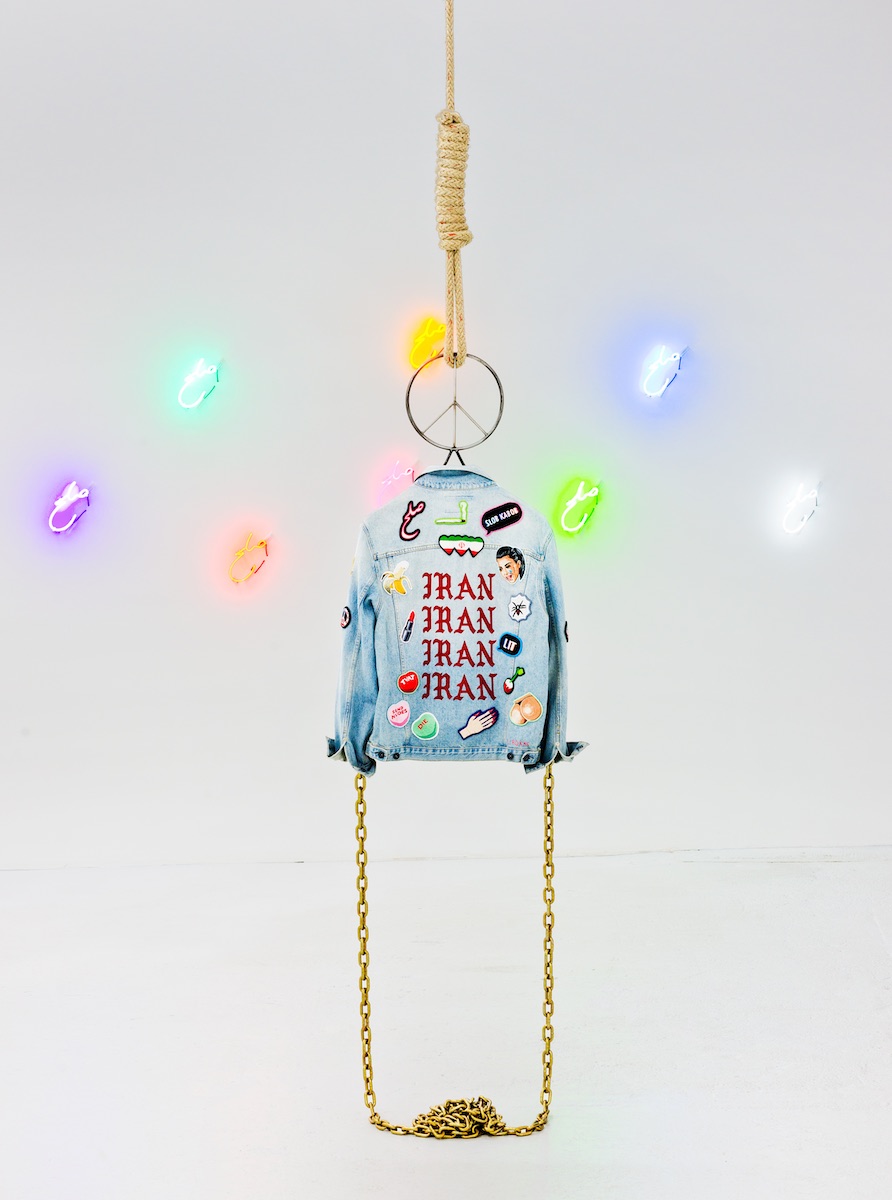
While Iranian culture and current events are the focal point of this conversation, it is also a unique opportunity for a behind-the-scenes look into the inspiration and production of contemporary artwork. In viewing the art of Talepasand or Farsi, from neon sculptures to petal-shedding flowers to nude women in hijab, the eye is mesmerized by form and symbol, and the mind propelled into their narratives.
“Whether you be an artist, or a student who wants to be an artist, or not an artist, an art aficionado, or a person who doesn’t understand art, I think all those different types of people can gain knowledge and maybe be even kind of hopefully inspired or fascinated by how us artists do our research,” Talepasand said.
While engaging with beautiful art and learning about the technique behind their creation is meaningful and enjoyable in itself, this process is also largely inseparable from the wider social and political milieu in which any given piece was made. For artists to share their work with the public as a way of understanding and evaluating the social structures of our world is a uniquely personal form of activism.
“Having these conversations is a part of that way of artists to consider a social practice, to consider what they’re making has meaning, not only for themselves as an artist but to a society,” Talepasand said.
This event is an opportunity fit for anyone willing to educate themselves about the experiences and perspectives of Iranian-American women, right here in our Portland community.
Another way that Portland Art Museum has incorporated PSU into this event is through collaboration with local print shop and illustration studio Outlet, which is partly owned by Kate Bingaman-Burt, associate Director of the School of Art and Design and a graphic design professor at PSU. Attendees of the “Baraye Azadi” event will be offered protest posters representing “Woman, Life, Freedom” produced by Outlet.
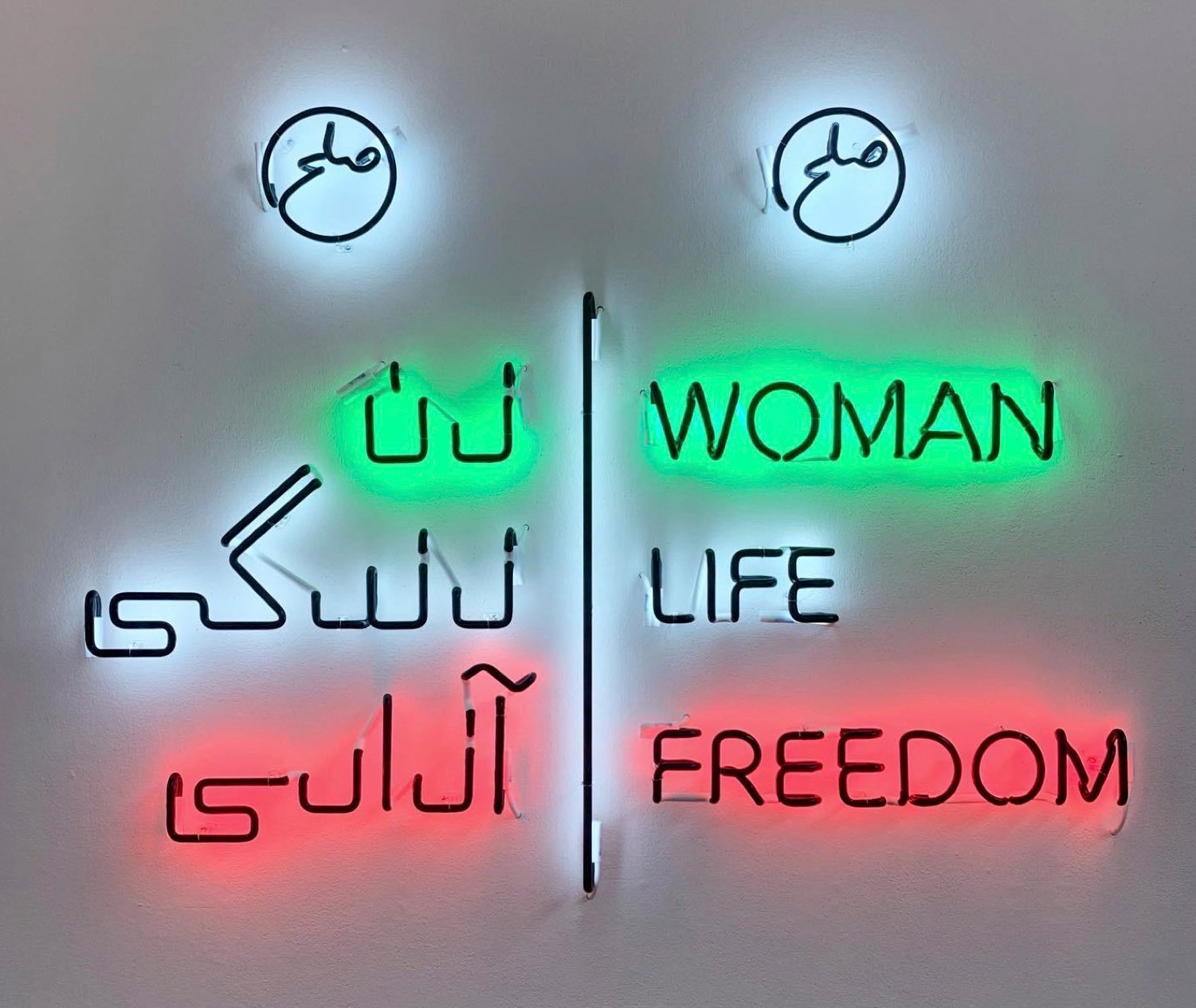
“It’s kind of like our Iranian way of giving a gift, and that’s something that’s very important in our culture,” Talepasand said. “It’s our way to give back to the audience that are taking the time to come and join us and lend their ears, and also be able to ask questions at the end and engage with us.”
Whether for the sake of art appreciation, for garnering an international awareness,
for gender equality or for standing against the institutionalized violence suffered by the Iranian people, everyone has a stake in the conversation.
“Holding this space is doing something,” Talepasand said. “Even if it’s a moment in silence, or lending your ear, or even asking a question and being a part of this talk. I think that that in itself is powerful. It’s better than being quiet. It’s better than sitting home alone and not learning or not holding space for it. So this is really a place for us to share our solidarity, of what’s happening in Iran, that also is mirrored in many other places in the world.”

